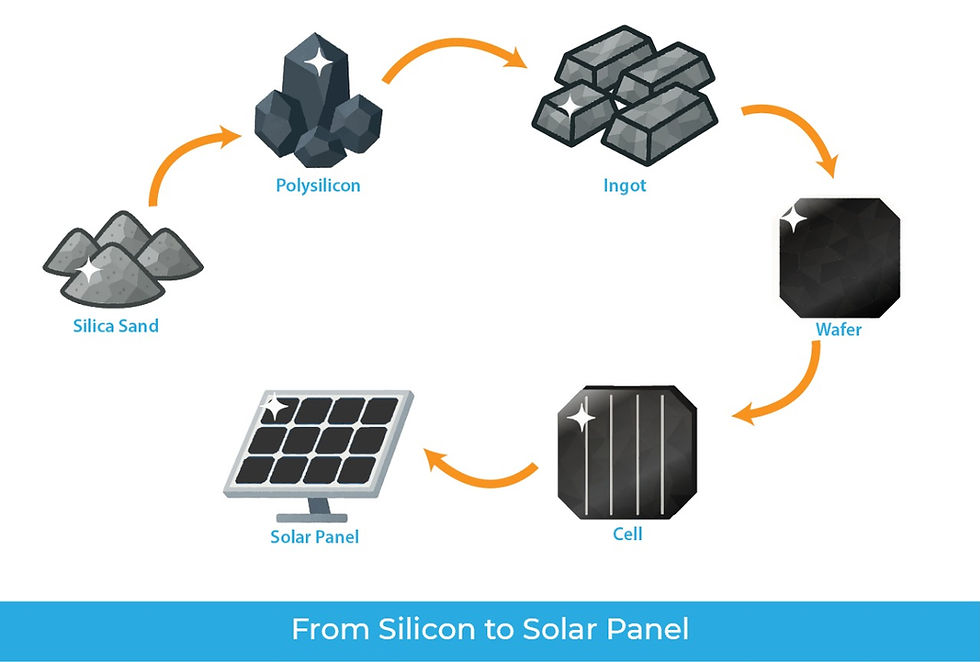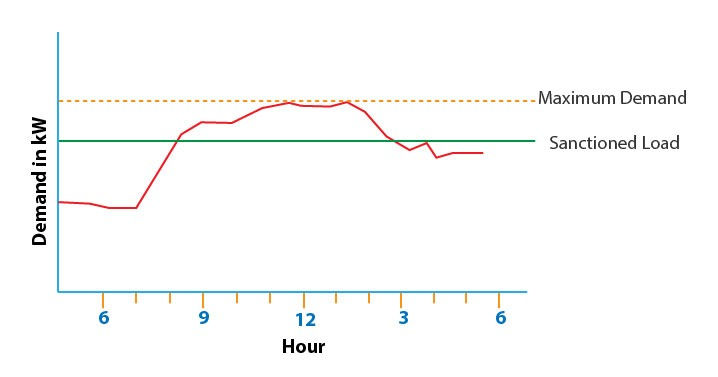What is an Off-Grid Solar PV System?
- Hyde Source

- May 15, 2020
- 2 min read
Updated: Jul 30

An off-grid Solar system is not connected to the electricity grid and therefore requires batteries. Off-grid solar PV systems must be designed appropriately to generate enough power throughout the year and have enough battery capacity to meet the energy requirements, even during consecutive days of overcast conditions.
Off-grid Solar PV systems are more expensive than On-grid Solar PV systems, due to the addition of batteries and so are usually recommended in more remote areas that are far from the electricity grid and for regions with frequent power outages. However, with reducing battery prices, there is now a growing market for off-grid solar battery systems, even in densely populated areas.

Off-Grid System Components-
Here are the functions of each solar system component:
PV Panel: Solar PV Panels convert solar energy to electrical energy. Whenever sunlight falls upon these panels, these generate electricity that feeds the batteries.
Charge Controller: A solar charge controller is a critical component that manages the battery bank's power from the solar array. It ensures that the batteries are not overcharged during the day, which can reduce battery performance or lifespan.
Battery Bank: There may be continuous periods of no sunlight. Evenings, nights, and cloudy days are examples of such situations which are beyond our control. To provide power during these periods, excess energy during the day is stored in batteries and is used to power loads whenever required.
Inverter: Solar PV Systems generate DC power while most of our home loads need AC power. Solar Inverter converts Direct Current from the Solar PV modules to Alternating Current. In the case of DC loads, these can be directly connected to the solar system without an Inverter.
Your ideal solar journey starts with a conversation. Connect with us now to share your vision, and we'll provide a tailored solar solution designed to maximize your energy independence and savings.




